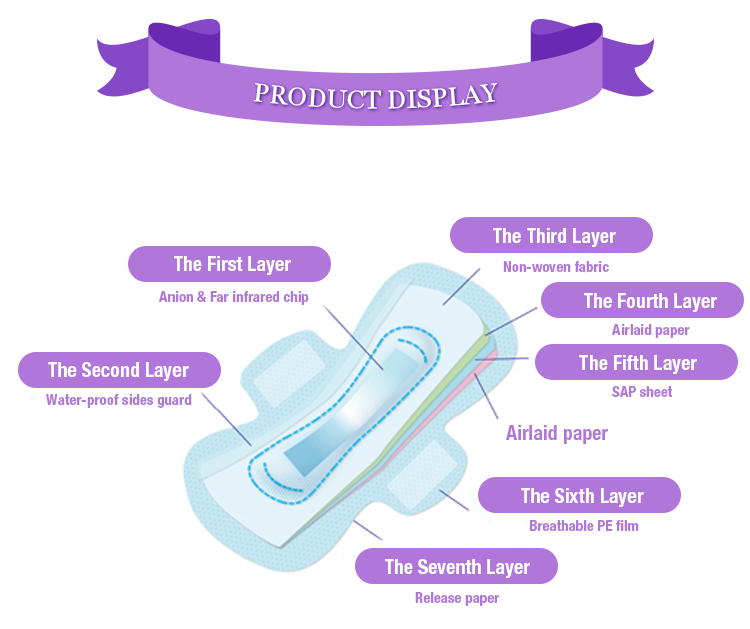Abandoning the “low price” sales strategy,
what are the market strategies to sell sanitary napkin?
Many wholesalers came to us and asked the price of sanitary napkins, they always said “too expensive” “if sell this price, my market will have no profit at all”…
Today I will explain to everyone
First of all, if a supplier quotes you a very low price, don’t be too happy, think about why he gave me such a low price? We all know that the main materials of sanitary napkins are non-woven fabrics, wood pulp and polymers. From the epidemic in 2020 to the ancestral petroleum problem this year, the shortage of non-woven fabrics and wood pulp has caused the prices to rise repeatedly. High-quality sanitary napkin products require lots of manpower and material resources from production to packaging and transportation. If they are sold at low prices, what can suppliers get from them?

Without the “low price” strategy, how can you defeat many brands and let your brand be known to more customers?
If you are planning to start sanitary napkins startup, read carefully:
First of all, you must have a clear plan. For example, how large is the factory building, how many production lines, and what type of production machine to choose? How many employees are hired?
Second, fund preparation. If you are looking to raise funds for your business, request with the local government whether there is a corresponding entrepreneurial subsidy policy. Prepare part of the working capital;
Third, determine the product. Through market research, understand the styles of sanitary napkins on the market, and choose sanitary napkins that meet the target market. High-quality products are the soul of the brand;
Fourth, prepare for qualification certification and register brand trademarks. Sanitary Napkin products are in different categories in different countries and need to meet national standards before they can be sold;
Fifth, sales and distribution. Identifying the target audience is the first step. According to the age group and the location of the target beneficiaries/customers, communication, sales and distribution strategies can be developed. In urban areas, people can view retail distribution through medical stores and general stores, online sales and modern retail. For rural areas, using existing women’s groups, such as self-help groups, health workers, schools and hospitals, is a good way to reach women who don’t have retail stores nearby. Women’s networks also play an important role in promoting dialogue around menstrual health and raising awareness of hygiene products.
